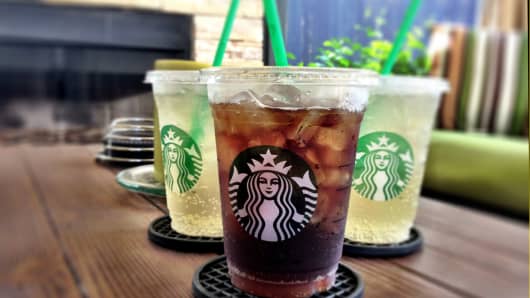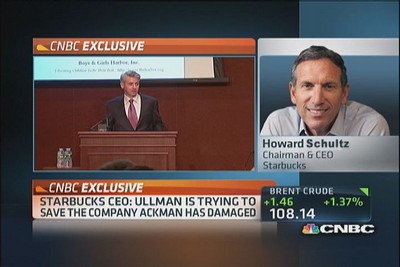Marketers will again spend more on music sponsorships this year, much of it during the summer festival season that kicked off with Coachella's start last weekend in the California desert. By the time Coachella concludes this weekend, the festival will have charged millions of dollars for connecting its millennial attendees with brands including Heineken, Red Bull, Samsung, H&M, JBL and Sephora.
But it's only the beginning of another active summer for marketers eager to reach young people. More than $1.34 billion will be spent sponsoring music venues, festivals and tours this year, a 4.4% increase from 2013, according to a report from IEG. "If you're a brand you want to be associated with someone having a transformational moment in their life," said Chad Isaaq, exec VP of business development and partnerships at Superfly Productions, co-creator of festivals including Bonnaroo in Manchester, Tenn.
A few brands have tried to fully own such "transformational moments" lately, yielding the springtime Red Bull Music Academy in New York and Budweiser's end-of-summer Made in America concerts in Philadelphia. "There's been increasing interest from brands to take greater ownership in the festivals and events they support," said Chris Johns, director at Frukt, a brand and music strategy agency.
But the high costs and risks of producing a Coachella-sized event mean most brands prefer to support existing festivals, of which there are plenty available. Last year, some 447 brands played a role in 300 music festivals worldwide, according to analysis by Frukt. Not surprisingly, the most dominant category was alcohol.
"When we started nine years ago, there weren't that many big music festivals in the U.S.," said Matt Frampton, VP-advertising, Pitchfork Media, which produces the Pitchfork Music Festival in Chicago. "Now there are more opportunities for brands to be involved."
Organizers from Pitchfork and Bonnaroo say they are careful to choose brands that fit the experience, sometimes even turning away lucrative sponsorship opportunities. But with big festivals like Bonnaroo, Pitchfork, Lollapalooza, the Electric Zoo Festival and many others still on tap for the summer, marketers will keep looking to capitalize, sometimes in surprising or new ways.
Not sponsoring the festival. Organizers don't like it but some brands are putting their spending into bespoke experiences outside festival grounds. General Motors last weekend partnered with McDonald's and L.A. nightclub Bootsy Bellows on a celebrity-studded party that was only near Coachella, not part of it. Guests could ride in G.M.'s new Stingray, with a professional driver at the wheel.
"Our formula is not to be at the festival, because outside the festival grounds a person can have a driving experience," said Dave Barthmus, general manager-GM West Coast Communications. "You can create your own environment, plus it's more cost efficient because there isn't the cost of being on the Coachella grounds."
Pampering sweaty festival-goers. Music festivals can be exhausting and dirty, but marketers are providing respite. At Bonnaroo, for instance, Garnier served up hair-washing stations and Mattel offered gaming tents. Mr. Johns sees even more opportunity in this space for brands. Imagine a toilet-paper company sponsoring a luxurious bathroom experience or a telecommunications company providing reliable service. "It's not being fully tapped," he said.
Invading EDM. Electronic dance music is among the music industry's trendiest genres. Huge crowds of millennials turn out for DJs like Avicii and Skrillex, with brands including Anheuser Busch, Motorola and Heineken now in tow. With EDM, however, booze marketers seem to be paying special attention to responsible marketing and safety: Heineken introduced a campaign this year with the theme "Dance More, Drink Slow."
Mining for content. GM is posting video and photos from its Coachella-adjacent party on its Drive the District blog, according to Mr. Barthmus. "A lot of what we do is driven by media content," he said. "If there is a program that isn't content worthy, we probably don't do it."
Finding attendees on their smartphones. Coachella's mobile app can send users push notifications triggered by proximity to beacons placed around the festival. It's unclear whether sponsors are able to participate in those push notifications, and Coachella representatives didn't respond to a request for comment, but rest assured that the tactic is coming.
Mr. Isaaq said it will become common for attendees with the event's app to get push notifications from brands as they walk near sponsors' tents. "Technology allows brands to disrupt the experience in their favor," he said.













